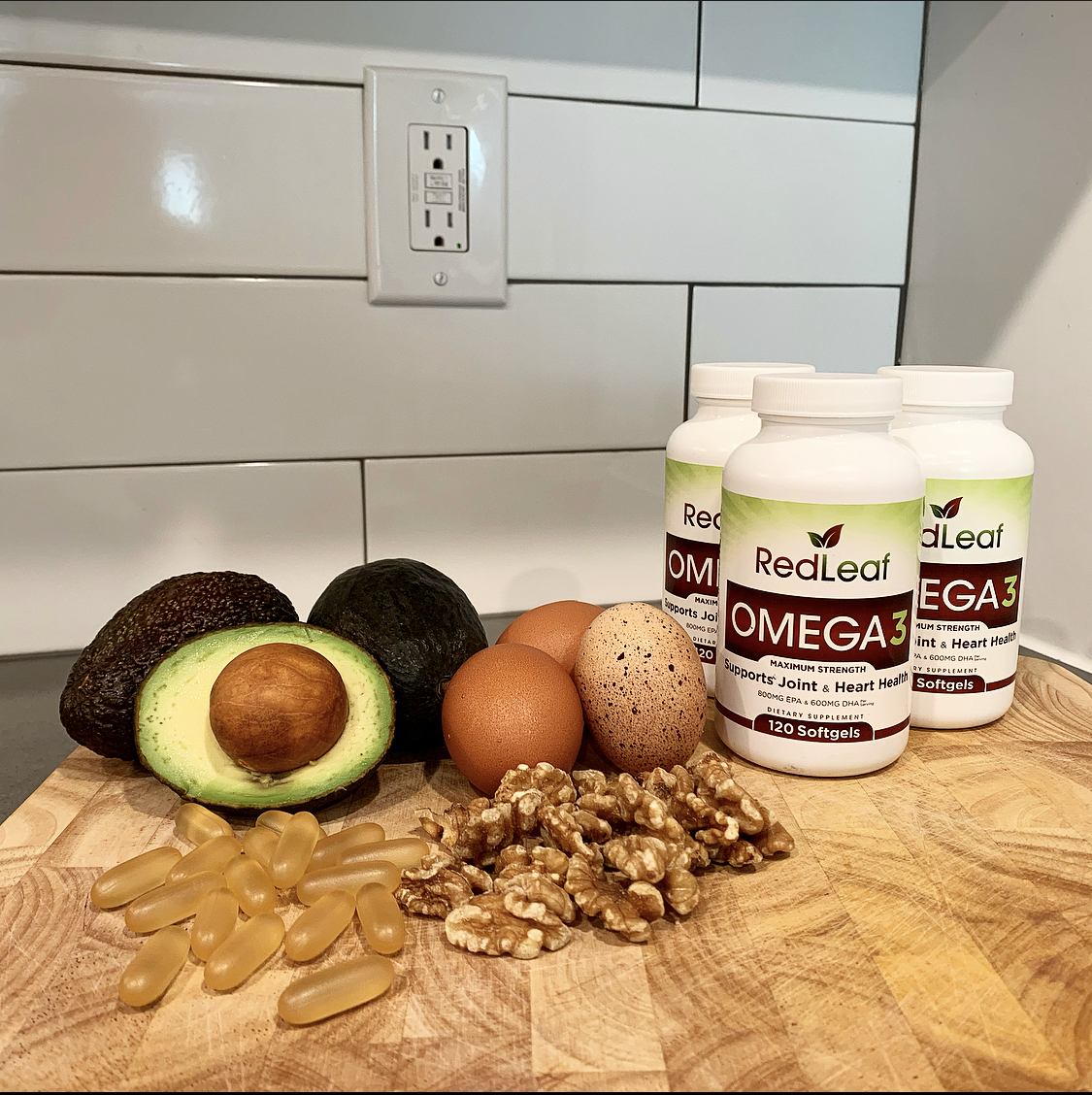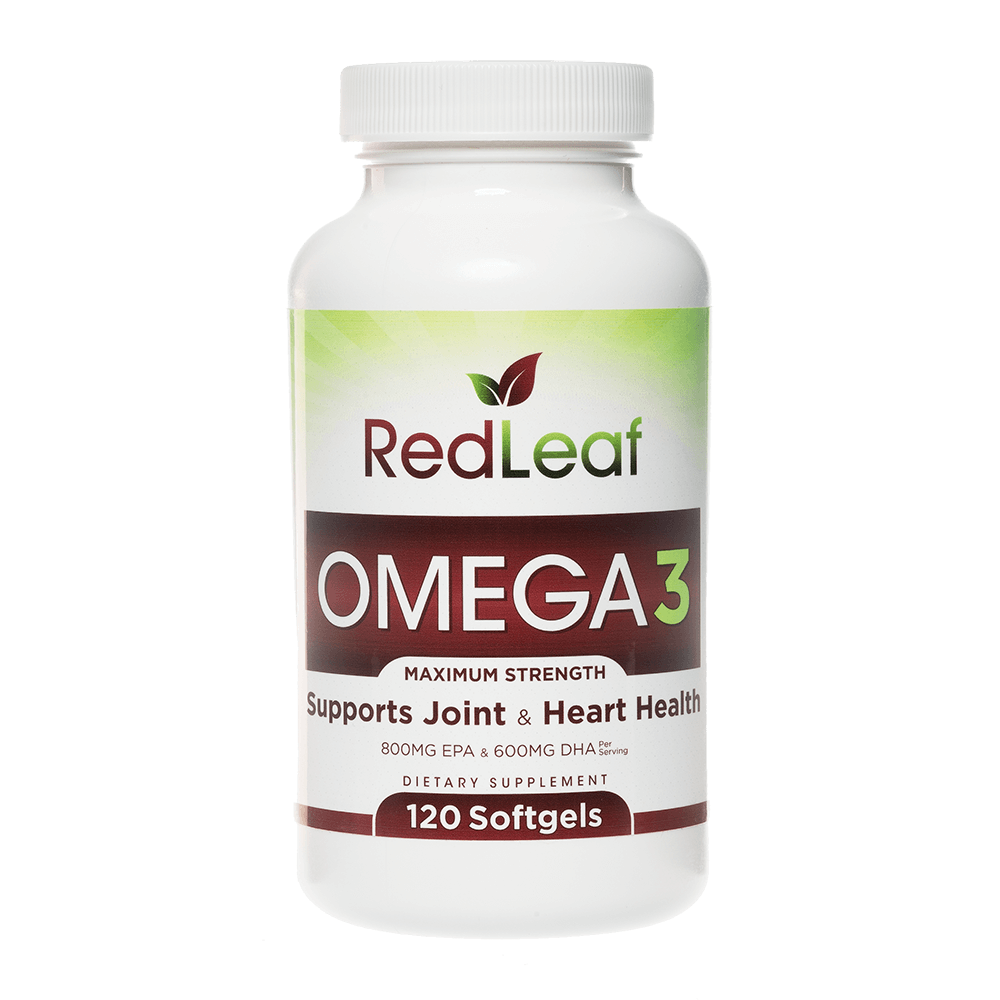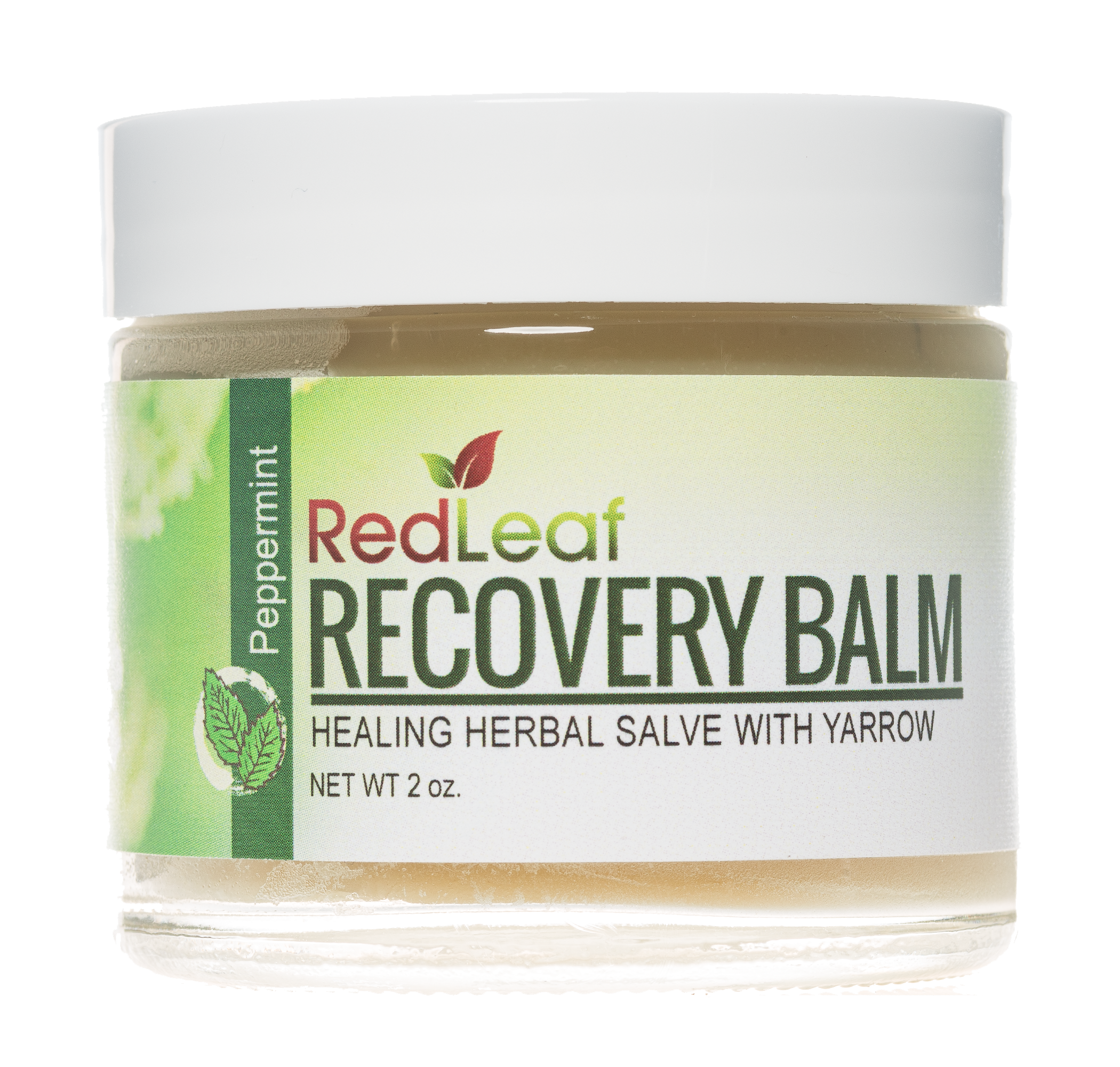Let’s talk about fat, and no, not the kind we want to lose. Fat is one of three macronutrients, aka nutrients that contribute calories to our diets. Fat contains 9 calories per gram and is the most calorie-dense of the three macronutrients. Fat often gets a bad rep among fitness junkies and those looking to lose weight but it shouldn’t. Fats are incredibly important and help our bodies function optimally. Some fatty acids, such as Omega-3 fatty acids, are essential and must be consumed through our diets because our bodies can’t make them on their own. Keep reading to learn the benefits of omega-3 fatty acids, where you can find them, and why fat is so important in our diets.

What are Omega-3 Fatty Acids?
Omega-3 fatty acids are a group of polyunsaturated fats that are essential for numerous body functions and cannot be synthesized in meaningful quantities by our bodies, thus we have to get them from our diets. There are 3 main omega-3 fatty acids:
- a-linolenic acid (ALA): found in plant sources such as flaxseeds, chia seeds, and walnuts
- eicosapentaeonic acid (EPA): found in fatty fish like salmon, mackerel, and tuna
- docosahexaenoic acid (DHA): found in fatty fish, algae, and, in small quantities, eggs
Most omega-3 supplements, like Red Leaf Omega 3 Fish Oil, contain both EPA and DHA. While there is no official daily recommended intake (DRI) for omega-3 fatty acid, a general recommendation for healthy individuals (without illness or qualifying condition) is at least 200 – 500 mg combined DHA and EPA per day. Red Leaf’s Omega 3 Fish Oil contains a whopping 800 mg EPA and 600 mg DHA per serving (2 softgels), and offers 60 servings per bottle. Use code “omega” at checkout to save 10%! Free shipping is included on all standard orders.
Why is dietary fat important?
We’ll get to the omegas in a second, but first let’s discuss why fat in general is important. Dietary fat often gets lumped in with body fat, but the two are different. Did you know that all three macronutrients, not just fat, can be stored as fat tissue in the body? Just because someone has a high percentage of body fat does not mean they eat a lot of fat specifically. Body weight is a calculation of calories in versus calories out. While fat definitely contains the most calories per gram of the macronutrients, it’s easy to overeat all three at times, especially if activity levels are low. If someone is obese or even just overweight, that is a reflection of their calories burned and calories taken in and as we all know, those calories can come from various sources, many of which are low in fat but high in calories from the other macronutrients. Maintaining a healthy weight is important for living a long, healthy life; however, our bodies need fat tissue! Without body fat, or adipose tissue, walking, sitting, and standing would be very painful. However, too much body fat poses health issues, too, such as obesity and the plethora of diseases that accompany it. Like with all things in life, we have to find the right balance, and that looks different for everyone.
So why is fat so important? In addition to protecting our bones, joints, and organs from shock, tension, and pressure, fat is crucial for maintaining healthy, functioning hormones and cell membranes, which are composed of phospholipids (“lipid” = fat). Without sufficient fat in the diet, cells are easily damaged and cell regeneration suffers. Fat, like carbohydrates and protein, is also an energy source that fuels our daily activities and bodily processes, and an important one at that! Fat is easily stored in the body, and is a slow-burning, efficient source of energy. Ever heard of the fat-burning zone in aerobic training? It is the training zone that focuses on long duration, low-intensity activity where the body prefers to burn fat for fuel versus high-intensity activity which utilizes fast-burning glucose and stored glycogen in the muscles for energy.
Why are Omega-3’s important?
One of the biggest benefits of omega-3 fatty acids is their anti-inflammatory effect on the body. Inflammation occurs in response to injury, illness, infection, or a perceived threat to tissues in the body. When the body identifies a threat, perceived or actual, it activates fighter cells, chemicals, and proteins which go to the site of damage to clean house. The result of this response is inflammation and swelling. This is a natural process in the body, and a necessary one! However, this response can wreak havoc on our bodies if we aren’t sleeping well, are chronically stressed, and aren’t eating well and exercising. Chronic inflammation in the body can lead to high blood pressure and high cholesterol, weight gain or loss, pain in the joints, fatigue, mood disorders, and gut distress to name a few symptoms. Diet can have a big impact on preventing symptoms and diseases that result from chronic inflammation!
Omega-3’s have been linked in numerous studies to lower blood pressure, lower triglyceride levels, and raise HDL cholesterol (“good” cholesterol) concentration in the blood, which promotes overall heart health and lowers the risk for heart disease and heart attack. Additionally, persons with autoimmune diseases like Crohn’s, IBS, Psoriasis, and arthritis have experienced improved symptoms from eating a diet rich in omega-3 fatty acids.
Omega-3’s also support brain health and are especially important for brain development, making them particularly important for pregnant women or women trying to become pregnant. According to an article published in Reviews in Obstetrics and Gynecology, “omega-3 fatty acids are the building blocks of the fetal brain and retina,” (Coletta, Bell, Roman, 2010).
Other positive impacts of eating a diet rich in omega-3 fatty acids include: lower levels of anxiety and depression, and improved memory and cognition.
All this to say, omega-3 fatty acids are extremely important and have many functions within our bodies, but our Western diets tend to be lower in omega-3 and higher in omega-6. Omega-6 fatty acids serve a purpose in our bodies, too; however, they also have a pro-inflammatory effect on the body and when eaten in excess, can promote many of the diseases that omega-3’s protect against. Foods that are high in omega-6 fatty acids include seed and vegetable oils, many of which are used heavily in processed foods. Reducing the amount of processed foods we consume and increasing whole food sources of omega-3 fatty acids, like fatty fish, nuts, and seeds, can help balance the ratio of omega-6/omega-3 in our diets.
If you aren’t a big fan of seafood, or don’t eat it regularly, you can also try a fish oil supplement to ensure an adequate daily intake of omega-3 fatty acids. Red Leaf Omega 3 Fish Oil is sourced from wild-caught fish off the coast of South America and contains 2,000 mg fish oil per serving, with 800 mg EPA and 600 mg DHA. The best part about our fish oil supplement, aside from the nutritional value, is that our softgels are unflavored and do not give you fish burps! No fishy aftertaste, 60 servings per bottle, and 2,000 mg fish oil per serving makes Red Leaf Omega 3 Fish Oil an excellent supplement to a healthy diet.
After reading this blog, it is our hope that you will take a look at your diet and see if you may need to add in more foods rich in omega-3 fatty acids. If you want to try our fish-burp-free Omega 3 Fish Oil, use the code “omega” at checkout to save 10% and earn free shipping on all standard orders!



